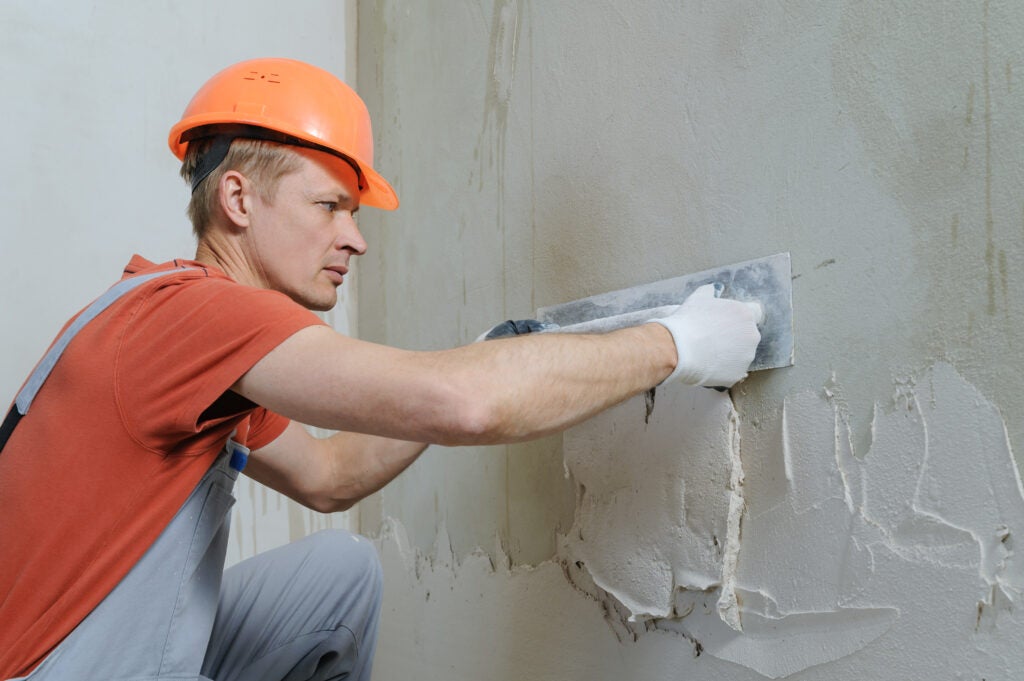
Image Source: Google
Basements are a common feature in many homes and buildings. They provide valuable space for storage, recreation, or living areas. However, basements are also prone to a variety of foundation problems that can compromise the structural integrity of the building. In this article, we will discuss five common basement foundation problems and provide solutions on how to fix them. Refer Link: https://www.thebasementkings.net/repair/
1. Cracks in the Basement Walls
Cracks in the basement walls are a common foundation problem that can lead to water leakage, mold growth, and structural issues. These cracks can be caused by a variety of factors, such as settling of the foundation, water pressure, or poor construction.
How to Fix:
- Fill small cracks with epoxy or polyurethane sealant.
- For larger cracks, consider using hydraulic cement or calling a professional foundation repair company.
- Address any drainage issues around the foundation to prevent water from seeping into the walls.
2. Bowing or Leaning Walls
Bowing or leaning walls in the basement are a serious foundation problem that can indicate structural instability. This issue is often caused by hydrostatic pressure from the soil surrounding the foundation, poor drainage, or inadequate reinforcement.
How to Fix:
- Install wall anchors or braces to stabilize and straighten the walls.
- Improve drainage around the foundation to reduce hydrostatic pressure.
- Consult with a structural engineer to assess the extent of the damage and recommend appropriate repairs.
3. Foundation Settling
Foundation settling is a common issue in older homes and buildings that can cause uneven floors, cracks in the walls, and other structural problems. This problem occurs when the soil beneath the foundation shifts or compresses, leading to uneven weight distribution.
How to Fix:
- Relevel the foundation by using hydraulic jacks or foam injection to fill voids beneath the foundation.
- Address any drainage issues that may be contributing to soil movement.
- Monitor the foundation over time to ensure that it remains stable and make any necessary adjustments.
4. Water Seepage or Leakage
Water seepage or leakage in the basement can lead to water damage, mold growth, and musty odors. This problem is often caused by poor drainage, cracks in the walls or floor, or high water table levels.
How to Fix:
- Improve the grading around the foundation to ensure proper water drainage away from the building.
- Seal any cracks in the walls or floor using waterproofing sealants or membranes.
- Install a sump pump or French drain system to divert water away from the foundation.
5. Foundation Heaving
Foundation heaving is a serious issue that occurs when the soil beneath the foundation expands, causing the foundation to move upward. This problem can lead to cracks in the walls or floor, uneven floors, and other structural damage.
How to Fix:
- Address any drainage issues that may be causing water to accumulate around the foundation.
- Repair or replace damaged foundation elements, such as footings or piers.
- Consult with a professional foundation repair company to assess the extent of the damage and recommend appropriate repairs.
